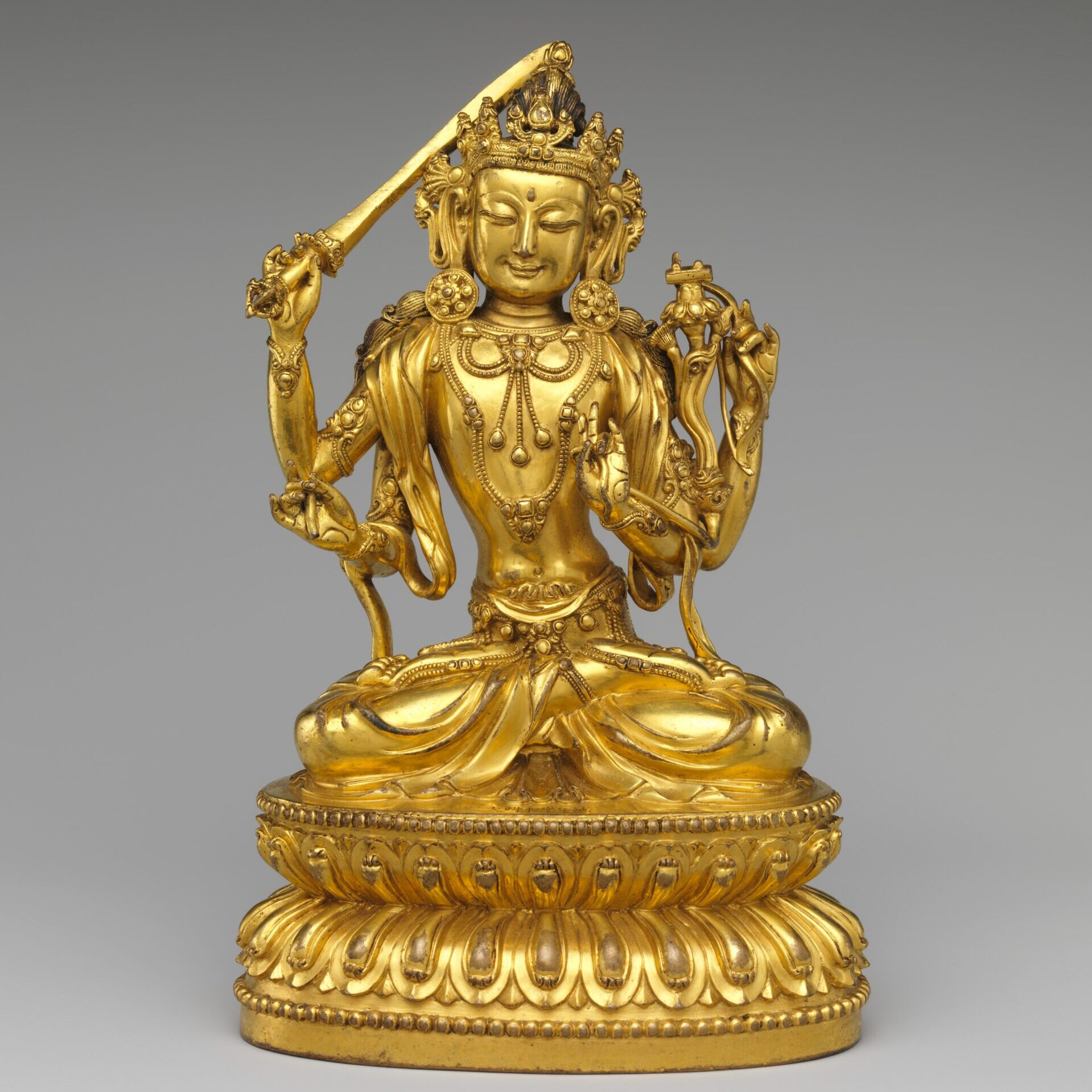Mañjuśrī
Mañjuśrī (Chinese: 文殊) is a bodhisattva associated with prajñā (wisdom) in Mahāyāna Buddhism. His name means “Gentle Glory” in Sanskrit. Mañjuśrī is also known by the fuller name of Mañjuśrīkumārabhūta, literally “Mañjuśrī, Still a Youth” or, less literally, “Prince Mañjuśrī”.
Within Vajrayāna Buddhism, Mañjuśrī is a meditational deity and considered a fully enlightened Buddha. In Shingon Buddhism, he is one of the Thirteen Buddhas to whom disciples devote themselves. He figures extensively in many esoteric texts such as the Mañjuśrīmūlakalpa[2] and the Mañjuśrīnāmasamgīti. His consort in some traditions is Saraswati.
The Mañjuśrīmūlakalpa, which later came to classified under Kriyātantra, states that mantras taught in the Śaiva, Garuḍa, and Vaiṣṇava tantras will be effective if applied by Buddhists since they were all taught originally by Mañjuśrī.
The Bodhisattva of Great Wisdom
“Manju” : marvelous, gentle
“shri” : combination of power, glory and merit.
The name “Manjushri” means “gentle glory”. He is the embodiment of great wisdom (Sanskrit language: prajna). He appears to those who meditate on him. He instructs them in the Dharma and stimulates them to develop wisdom. The image of Manjushri Bodhisattva is often seen in meditation halls, libraries and scripture study rooms in monasteries.
Depictions of Manjushri Bodhisattva
His right hand holds a flaming sword, which represents the sharpness of prajna that can cut through the growth of suffering and the net of wrong views. The flame lights up the darkness, just as the light of wisdom dispels the darkness of ignorance.
His left hand holds a magnificent blue lotus flower in full bloom, on which rests the Prajnaparamita Sutra (Great Wisdom Sutra). This sutra contains the essence of the great wisdom teachings of the Buddha. The lotus is the promise of the future for all beings who follow the Teachings.
He is often depicted as riding a golden-maned lion, which symbolizes the stern majesty of prajna. The lion is the king of the beasts and is fearless. Similarly, Manjusri Bodhisattva teaches the dharma without fear or favour, like the lion’s roar.
Sometimes, the golden-maned lion is replaced by a green lion which symbolises the wild mind which can only be transformed by meditation.

